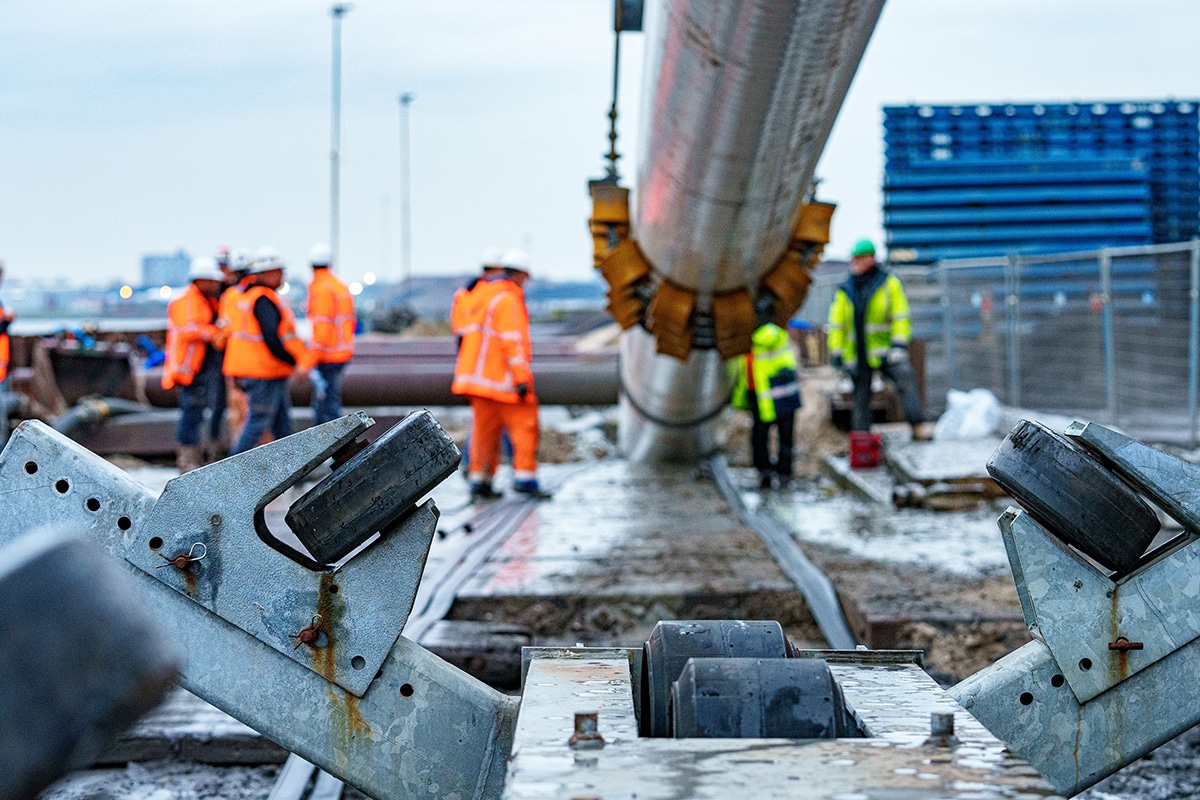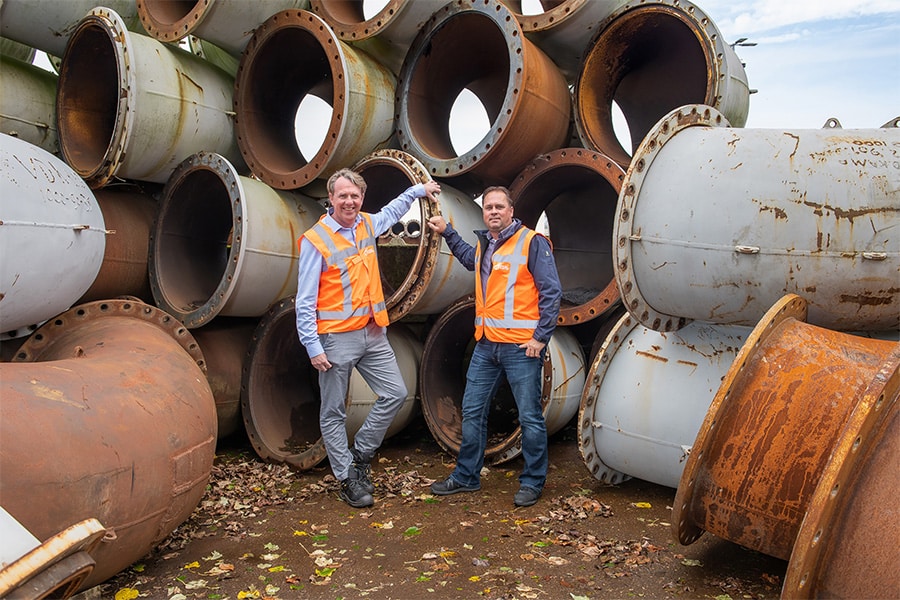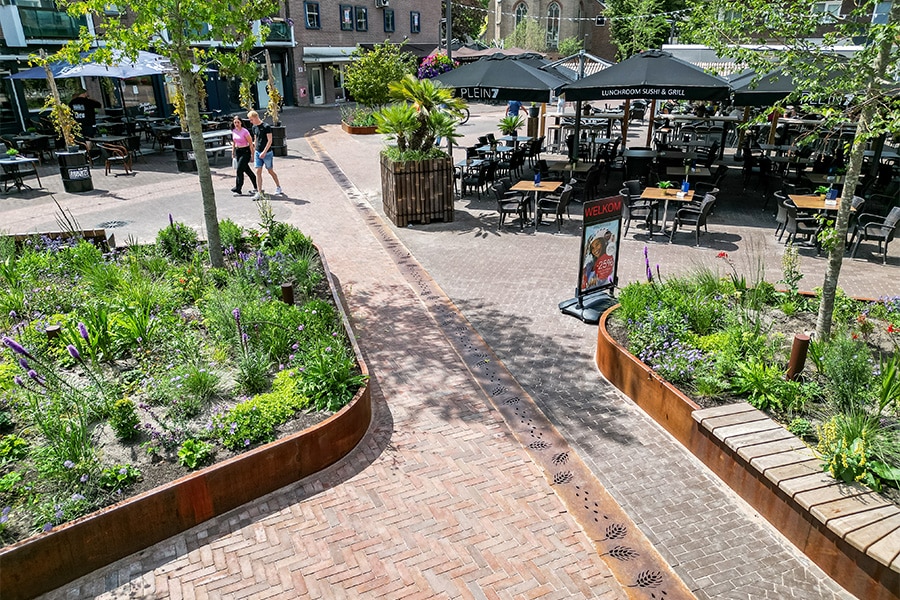
Retaining rainwater and using it for urban green space is the future
In addition to flooding, we have been experiencing more and more heat stress in recent years. Greening the inner city, especially through trees, is a proven solution to this. But how do you make sure everything stays green? This is one of the major challenges in future-oriented water management.
"For decades we have been disconnecting rainwater by means of wadis or underground infiltration facilities. The disadvantage of this is that new greenery does not benefit from this so much. This water is often much too deep for the young roots. We are convinced that it is important to first see if you can use rainwater to preserve urban greenery before infiltrating or draining it." Speaking is Rieks Hulst, Manager of Marketing and Product Management at ACO BV.
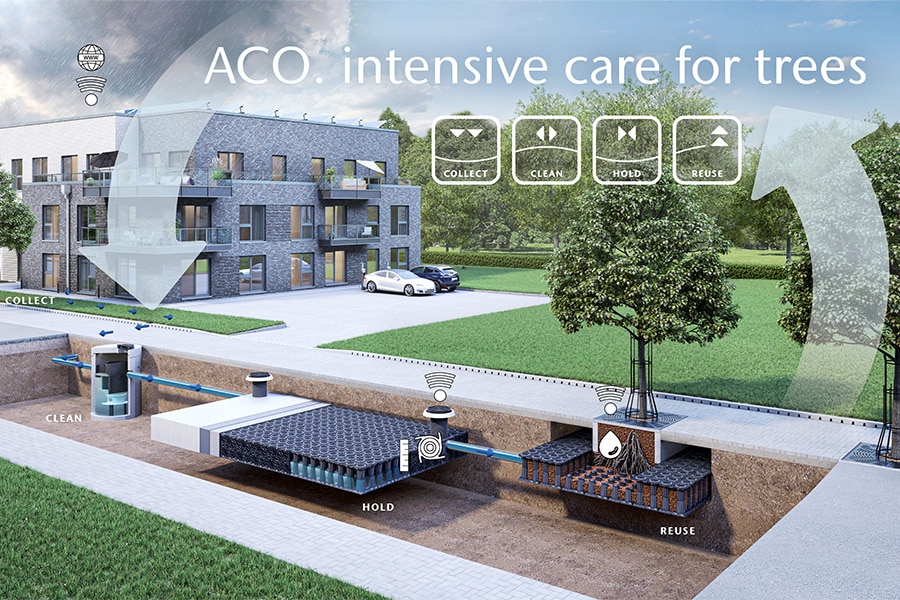
Simply and flexibly cool downtown with greenery
"As ACO Netherlands, we started developing standalone planters over three years ago. Thanks to a patented technology, these are able to get by with one watering during a season, instead of the traditional 25 waterings normally required. This means huge savings in water and manpower, as well as eliminating unnecessary vehicle movements with downtown water tanks. This provides a significant CO2-reduction."
"After three years of testing, we are convinced that this principle works well," Rieks states. "Based on this, developments are now moving further towards tree tubs. By combining these tree tubs with IOT (Internet Of Things) technology, we can make sure that young trees get exactly the amount of water they need, thus preventing waste of water and energy. A big advantage of above-ground planters and tree boxes is that you can quickly, easily and flexibly green the inner city, without having to take into account the underground infrastructure. But besides beautifying and cooling the inner city, they unfortunately do not contribute directly to preventing water flooding. We have solutions for this too!"
Using rainwater for urban green space
Due to the changing climate, heavy rain showers cause flooding much more often than before. Rainwater that we can make fantastic use of in dry periods for urban greenery. ACO does this by collecting rainwater, cleaning it and transporting it directly to (semi-)sunken planters. Here it is stored and dosed for watering the planting beds.
In the last two years, some sustainable urban drainage systems (ID-Sas) have been applied at different locations. Practice shows that these ID-Sas systems work well without additional maintenance. They combine well with drainage products from ACO such as line drainage, treatment and buffer systems and pumps.
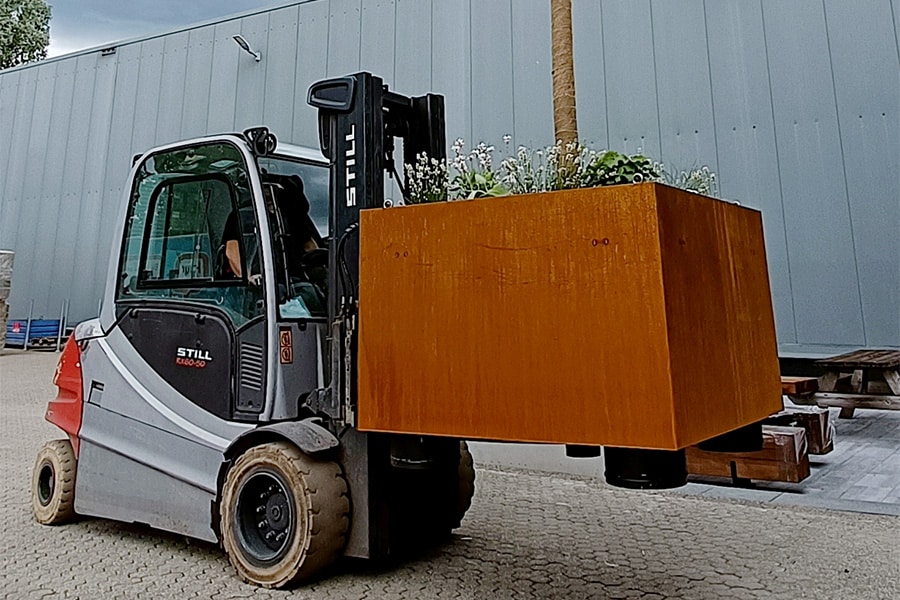
Saving money by automating
"Finally, we link our urban drainage systems to IOT Techniek," continues Rieks. "We recently did this in the municipality of Raalte. Here, twelve planting areas with trees and plants receive water 'on demand'. Based on sensors, it is determined where water is needed and only those spots are dosed with water. Soon customers will be able to see for themselves via a dashboard how things are going and make adjustments themselves if necessary."
A well-functioning system in balance
In addition to being a manufacturer, ACO is a specialist consultant for drainage systems. "Many different parties consult us in the design phase (consultants, designers, municipalities). Our project office provides calculations in order to arrive at a balanced system in which all the steps that are needed fit together well. This is crucial for a well-functioning system! Interested? Visit our at the VOR, booth number: 3.1.03 or check out our website."
